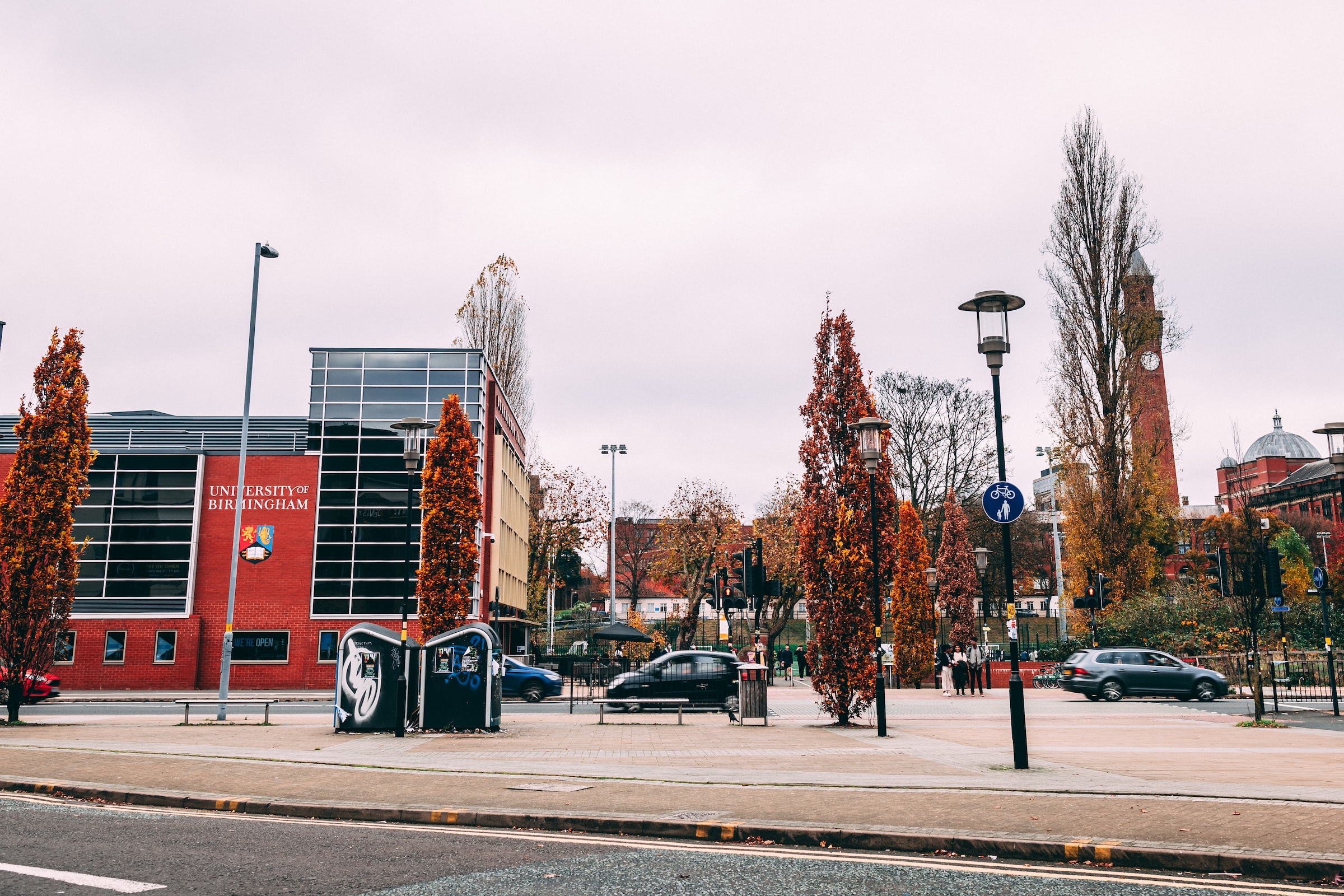
Life&Style writer James Simpson breaks down the cottagecore aesthetic’s relationship to the LGBTQ+ community as one that subverts heteronormative expectations
‘Cottagecore’ is a term familiar to almost everyone who frequents social media. Emerging in the late 2010s and early 2020s, it refers to a style or ‘aesthetic’, popularised in online spaces, that romanticises a simple, rural lifestyle. Encompassing art, fashion, and cookery, the cottagecore aesthetic first acquired its moniker on Tumblr in 2018. Since then it has proliferated across various social media platforms.
The pastoral idyll offers a space in which queer people who neither conform to conventional ideas of heterosexuality or queerness can thrive
Promoters of the cottagecore aesthetic often craft almost every aspect of their lives around it, envisioning a peaceful and pastoral idyll through their cultivation of unconventional clothing styles, rustic décor and pastimes like bread-baking and flower-picking. Like other subcultures that have preceded it, cottagecore continues to attract a broad demographic of devotees – one of the most prominent being the LGBTQ+ community.
Though not confined to a single corner of the internet, cottagecore’s presence is perhaps felt most on TikTok. Users of the video-sharing network have frequently attained minor celebrity status from posting montages and recordings of the cottagecore lifestyle.
As an feminine (‘femme’) gay woman, Rachel has spoken about her experiences of feeling marginalised by other members of the LGBTQ+ community
They often document their own unique ways of observing it, whether that be petting baby deer or collecting rare and intriguing fungi. As discussed in a February 2020 article by Sarah Woolley for Vice, the cottagecore fantasy has drawn significant appeal among queer TikTok users. This relationship has spawned various sub-genres and reinterpretations of the cottagecore ‘mythos’, including, perhaps most notably, the phenomenon of ‘cottagecore lesbians’.
Rachel, from California, who goes by the account handle @faythegay and has accrued over one million followers, is one of the many queer TikTok users to have adopted this identity. As an feminine (‘femme’) gay woman, Rachel has spoken about her experiences of feeling marginalised by other members of the LGBTQ+ community for not adhering to the ‘butch’ stereotype that is often conferred on lesbians.
The world of cottagecore presents a utopia liberated from the social restrictions imposed on all of us over the last year and a half
Rachel sees cottagecore as an ‘escape to another time or a fantasy world where things aren’t as complicated’. Removed from the expectations of gender and sexuality that dominate modern society, the pastoral idyll offers a space in which queer people who neither conform to conventional ideas of heterosexuality or queerness can thrive. Rachel often discusses and exhibits her ‘cottagecore’ interests on her TikTok account, which include embroidery, dressing-up, and painting outdoors.
In short, cottagecore offers queer internet users like Rachel a sense of ‘escape’ from the pressures of modern, urban life. It is therefore unsurprising that this aesthetic has exploded in popularity over the course of the ongoing COVID-19 lockdown. The pandemic and its devastating impact on our social interactions has left many craving freedom from the rigour and repressiveness of this new life under lockdown.
Cottagecore and tradlife subcultures have occasionally been accused of painting a whitewashed fantasy that erases non-European traditions
As queer YouTuber Rowan Ellis discusses at length in a video from July 2020, the world of cottagecore presents a utopia liberated from the social restrictions imposed on all of us over the last year and a half. Devotees of the aesthetic have found their longings for a tranquil life of dressmaking and beekeeping accentuated by the pressures of lockdown. As also detailed by Ellis, cottagecore’s appeal among queer people may also be traced to adjacent elements such as the ‘tradwife’ phenomenon.
A relatively recent and niche descriptor, ‘tradwife’ refers to a woman who adheres to a traditional role in marriage or whose interests are stereotypically ‘feminine’, such as housekeeping. Though in some ways distinct from cottagecore (‘tradwives’ often espouse a reactionary and alt-right worldview), the ‘tradlife’ fantasy encapsulates a similar vision of a traditional and discreet existence.
Cottagecore is an opportunity for queer people to re-appropriate and ‘own’ the traditional way of life that has often been denied from them
On the surface, it would seem odd that such a vision is so attractive to so many online queer people. In fact, the cottagecore and tradlife subcultures have occasionally been accused of painting a whitewashed fantasy that erases non-European traditions and fetishes a conservative lifestyle. However, I do think this is an overstatement given the number of non-white TikTok users, such as @fleuranoor, who have gravitated toward the trend.
As demonstrated by Rachel and a whole host of other queer TikTok users, cottagecore is instead an opportunity for queer people to re-appropriate and ‘own’ the traditional way of life that has often been denied from them. It takes the vision of an agrarian setting and orthodox interests, often perceived as at odds with queerness, and recasts it in a glittering new mould. In an increasingly rigid and hostile world, it is no wonder that queer youth have found solace in cottagecore as a medium for artistic freedom and self-expression.
Read more from Life&Style:
Guide to: The Cottagecore Aesthetic
Guide to: The Grandmacore Aesthetic
Pride for Profit: How Brands’ Performatice ‘Rainbow Capitalism’ Harms LGBTQ Activism
Comments